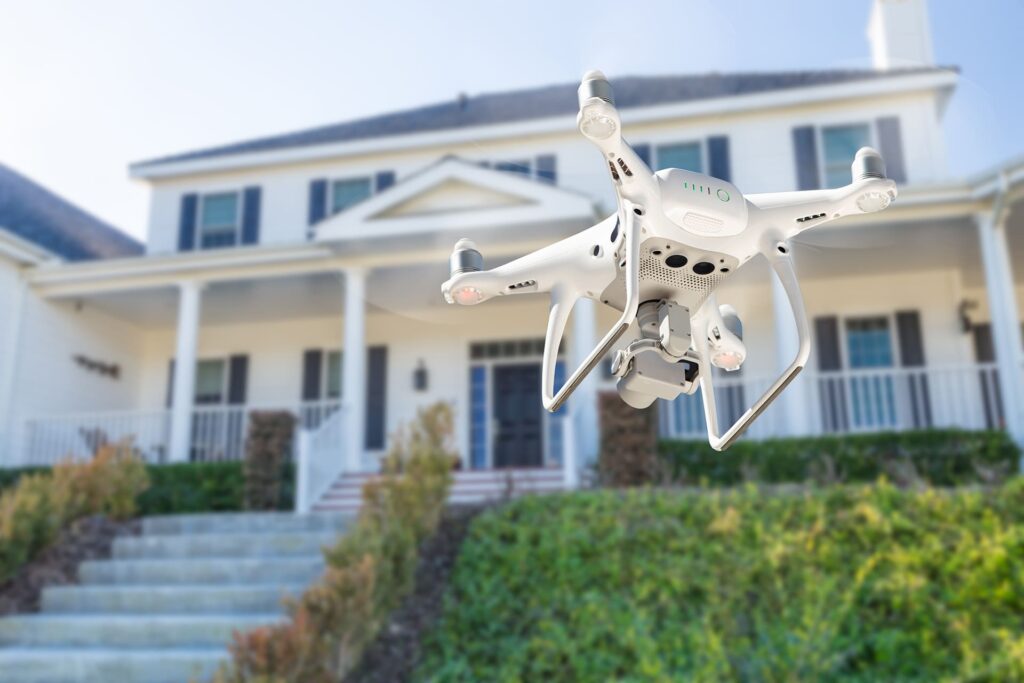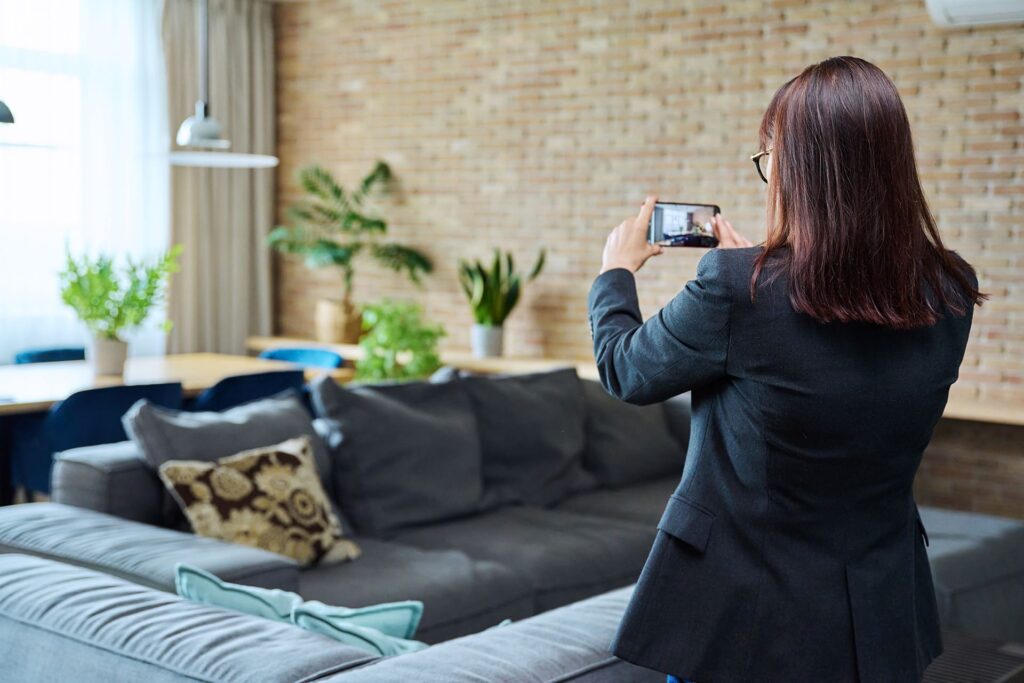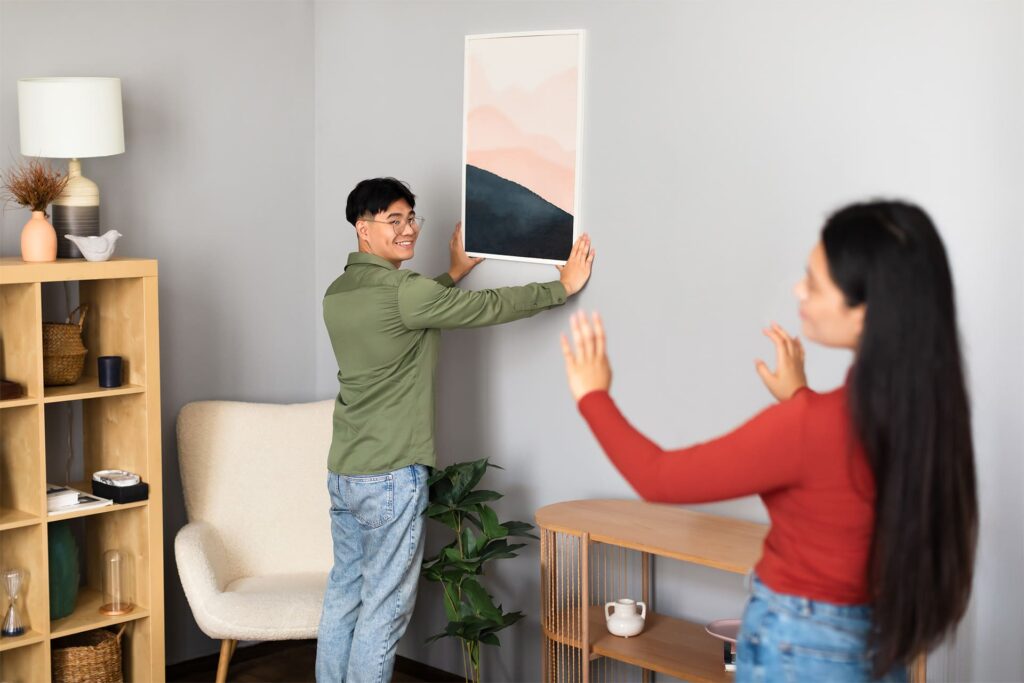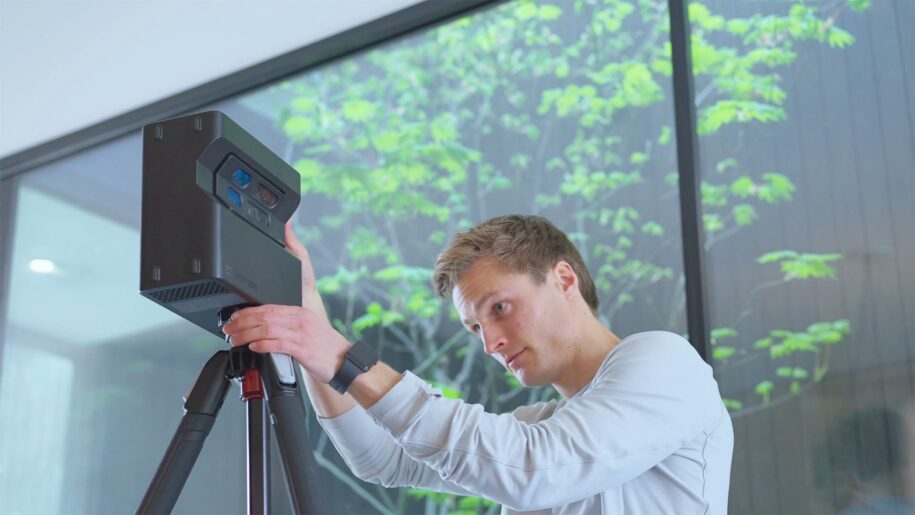Transform Your Listings with Professional Virtual Tours
Virtual tours have evolved from a competitive advantage to an essential client expectation. As a forward-thinking agent in 2025, incorporating high-quality virtual tours into your marketing strategy isn’t just about staying current, it’s about meeting the baseline expectations of modern buyers and sellers.
With most property searches beginning online months before contacting an agent, your virtual tours often serve as the critical first impression that determines whether a prospective buyer schedules an in-person showing or moves on to the next listing.
This comprehensive guide will walk you through everything you need to know to create professional-quality virtual tours that showcase properties at their best, impress clients, and ultimately help you win more listings and close more deals.

What Exactly Is a Virtual Real Estate Tour?
A virtual real estate tour transforms static listings into interactive experiences where potential buyers control their property exploration. Unlike traditional photography, these digital showcases allow viewers to navigate through spaces at their own pace, focus on features that interest them most, and develop a genuine sense of the property’s flow and dimensions.
The most effective virtual tours combine:
- Interactive navigation giving viewers control over their journey through the property
- Complete coverage of interior rooms, exterior spaces, and key property features
- Orientation tools like floor plans or dollhouse views for better spatial understanding
- High-quality visuals that accurately represent the property’s true condition and appeal
- Supplemental information highlighting important features and specifications
Whether created with specialized 3D cameras or smartphone accessories, quality virtual tours create powerful connections between prospective buyers and properties, often becoming the deciding factor in which homes they choose to visit in person.
Competitive Advantages of Professional Virtual Tours
Investing in quality virtual tours delivers measurable advantages that directly impact your business success:
Wider Buyer Reach
Virtual tours eliminate geographic barriers, making your listings accessible to relocating professionals, out-of-state buyers, and international investors who begin their search remotely. This expanded audience translates to more potential offers and faster sales.
More Qualified Showings
When buyers can thoroughly explore properties virtually, the in-person showings you conduct become significantly more productive. You’ll spend less time with casual browsers and more time with motivated buyers who’ve already connected with the property online.
24/7 Property Access
Unlike traditional open houses limited to a few hours, virtual tours provide round-the-clock access to your listings. This constant availability ensures potential buyers can explore properties whenever inspiration strikes – during their lunch break, late evening, or weekend browsing sessions.
Reduced Time on Market
Properties with professional virtual tours typically generate more initial interest and sell faster than comparable listings without them. This efficiency benefits both your sellers and your production numbers.
Listing Presentation Edge
In competitive listing presentations, demonstrating your virtual tour capabilities gives you a significant advantage. Today’s sellers expect comprehensive digital marketing, and your ability to create immersive property experiences serves as tangible proof of your marketing expertise.

Different Types of Virtual Tours Explained
Not all virtual tours are created equal. Understanding the different options allows you to choose the right approach for each property and client needs.
360° Panoramic Tours
These tours connect a series of 360-degree images taken at strategic points throughout the property. Viewers navigate from point to point, with the ability to look in any direction from each position.
Best for: Most residential properties where you want to balance quality with efficiency.
Tools needed: 360-degree camera or DSLR with panoramic capabilities, tripod, tour creation software.
3D Virtual Tours
These advanced tours create complete digital models of properties that buyers can navigate freely. They typically include “dollhouse” views that display the entire floor plan from above and allow for precise measurements.
Best for: Higher-end properties, complex layouts, or situations where spatial relationships are key selling points.
Tools needed: Specialized 3D scanning camera (like Matterport), or smartphone with 3D capture capability, processing software.
Video Walkthroughs
These guided experiences follow predetermined paths through properties, often with narration highlighting key features. They range from simple smartphone recordings to cinematic productions.
Best for: Properties where you want to control the narrative and ensure certain features are highlighted in a specific sequence.
Tools needed: Camera with video capability (smartphone to professional), stabilization equipment, editing software.
Live Virtual Showings
Real-time video tours conducted via platforms like Zoom, FaceTime, or specialized real estate apps allow potential buyers to ask questions and request closer looks at specific features during the showing.
Best for: Highly motivated out-of-area buyers who want a personalized experience, luxury properties where personal guidance adds value.
Tools needed: Smartphone or tablet with strong internet connection, good lighting, microphone.
Hybrid Approaches
Many successful agents combine formats, perhaps using 3D tours for interior spaces while adding drone footage of the exterior and surrounding neighborhood.
Best for: Comprehensive marketing of high-value properties or those with significant land/exterior features.
How to Create a High-Quality Virtual Tour: Step-by-Step Guide
Creating professional virtual tours doesn’t need to be complicated. Follow these straightforward steps to produce virtual tours that impress clients and showcase properties at their best.
1. Prepare the Property
Before capturing anything, ensure the property is ready to shine:
- Remove personal items, excess clutter, and distracting elements
- Turn on all interior lights for consistent illumination
- Open blinds and curtains to showcase natural light
- Straighten furniture, bedding, and decorative items
- Clean thoroughly, paying special attention to reflective surfaces
- Consider quick staging touches for key areas like kitchen and living spaces
2. Gather Your Equipment
At minimum, you’ll need:
- Camera (360° camera, DSLR with wide-angle lens, or quality smartphone)
- Sturdy tripod for stable shooting
- Basic lighting if needed for darker spaces
- Cleaning supplies for last-minute touch-ups
- Floor plan or shot list to ensure complete coverage
3. Plan Your Shot Sequence
Create a logical flow through the property:
- Start with exterior/entrance shots to establish context
- Move through the home in a natural progression
- Position your camera in the center of each room
- Maintain consistent camera height (approximately eye level)
- Plan additional detail shots of special features
4. Capture Your Content
For 360° tours:
- Place your camera at eye level in the center of each room
- Ensure the tripod isn’t visible in reflective surfaces
- Keep yourself out of the frame during capture
- Take additional close-ups of important features
For video walkthroughs:
- Move slowly and steadily through the space
- Keep movements smooth using stabilization equipment
- Narrate key features if appropriate
- Allow viewers time to process what they’re seeing
5. Process Your Footage
Using your chosen software:
- Import and organize your captures
- Adjust lighting and color balance for consistency
- Create connections between spaces for intuitive navigation
- Add orientation markers like room labels or floor plans
- Include relevant property information where helpful
6. Enhance Your Tour
Consider these valuable additions:
- Interactive floor plans that show viewers’ current location
- Information hotspots highlighting key features
- Neighborhood information for context
- Property specifications and details
- Call-to-action elements for lead generation
7. Publish and Promote
Make your tour accessible across multiple channels:
- Embed on your website and listing pages
- Share on social media with engaging previews
- Include in email marketing campaigns
- Add QR codes on printed materials linking to the tour
- Create a specific landing page for lead capture
Practical Tips for Professional Results
Lighting Matters Most
Proper lighting makes or breaks virtual tours. Schedule your shoot during optimal lighting conditions and supplement with portable lighting as needed. Pay special attention to balancing bright windows against interior spaces.
Consistency Creates Quality
Maintain consistent camera height, lighting, and processing across all spaces. This attention to detail creates a professional, seamless experience that helps viewers maintain orientation.
Test on Multiple Devices
Before publishing, view your tour on different devices—computer, tablet, and smartphone—to ensure it displays properly and navigates smoothly across all platforms.
Focus on Smooth Transitions
The connections between spaces are crucial for orientation. Ensure your tour provides clear visual cues about how rooms relate to each other for better spatial understanding.
Consider Using Professional Services
If you’re handling multiple listings or luxury properties, consider partnering with professional virtual tour providers. The investment often pays for itself through faster sales and higher-quality listings.
Common Virtual Tour Mistakes to Avoid
Disorienting Navigation
Confusing navigation frustrates potential buyers. Create clear, intuitive pathways through the property with logical connection points.
Poor Image Quality
Blurry, dark, or distorted images undermine property appeal. Invest in proper equipment and lighting to ensure professional-quality results.
Missing Key Spaces
Incomplete tours leave buyers with questions. Ensure you capture every space, including storage areas, utility rooms, and outdoor features.
Overprocessing Images
Heavy filtering or unrealistic enhancements mislead buyers and create disappointment during in-person showings. Aim for accurate representation with subtle enhancements.
Neglecting Mobile Optimization
Many buyers browse on mobile devices. Ensure your tours function smoothly on smartphones and tablets with appropriate load times and navigation.
Virtual tours have evolved from a nice-to-have feature to an essential marketing tool. By following these straightforward steps, you’ll create professional virtual experiences that showcase properties at their best while positioning you as a tech-savvy agent who delivers exceptional value to clients.

Enhance Your Virtual Tours with Interactive Presentations
Studeo’s interactive presentations help you stand out by easily integrating your virtual tours into compelling interactive experiences that impress clients and convert prospects – with no design skills needed.
Ready to win more listings, sell faster, and differentiate yourself from competitors? Get started with Studeo today and create professional interactive content that turns your marketing into a competitive advantage.

